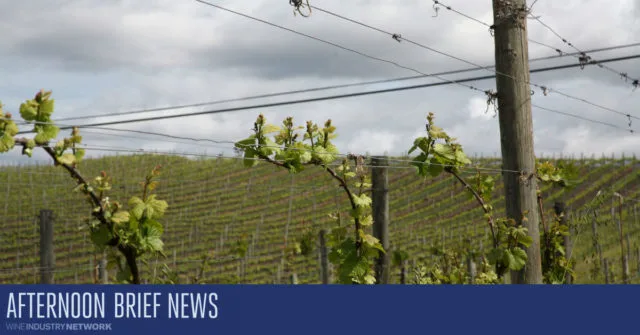Vineyards in McLaren Vale.
Dr Smith completing his PhD in genetics and gained research experience in cell, molecular and plant developmental biology in the US. In 2012, he moved to Adelaide to lead the Rootstock Breeding Team at the Commonwealth Scientific and Industrial Research Organisation (CSIRO), with a focus on developing climate resilient rootstocks with long term resistance to grape phylloxera and root knot nematode for Australian conditions. ‘We’re at a point where innovation in rootstock breeding is no longer a luxury – it’s a necessity for the future of viticulture in a changing climate,’ he said.
The importance of maintaining resistance
Most of the rootstocks currently used in vineyards were created over a century ago in Europe and do not possess the genetics to maintain immunity to soil pests over a long period of time due to resistance controlled by a single trait.
For example, in California, vineyards established with rootstocks, such as Freedom and Harmony, which harbour a single root knot nematode resistance gene, initially provided immunity to this soil pest. Unfortunately, over time, some of the endogenous root knot nematode populations living in the soil were able to evolve and break the resistance controlled by a single trait.
‘The challenge is that pests, such as root knot nematodes and phylloxera, can evolve and adapt to feeding on material that contains a single resistance gene, making it imperative that we work on developing rootstocks that can maintain resistance over a long period of time,’ Dr Smith explained, emphasising the







